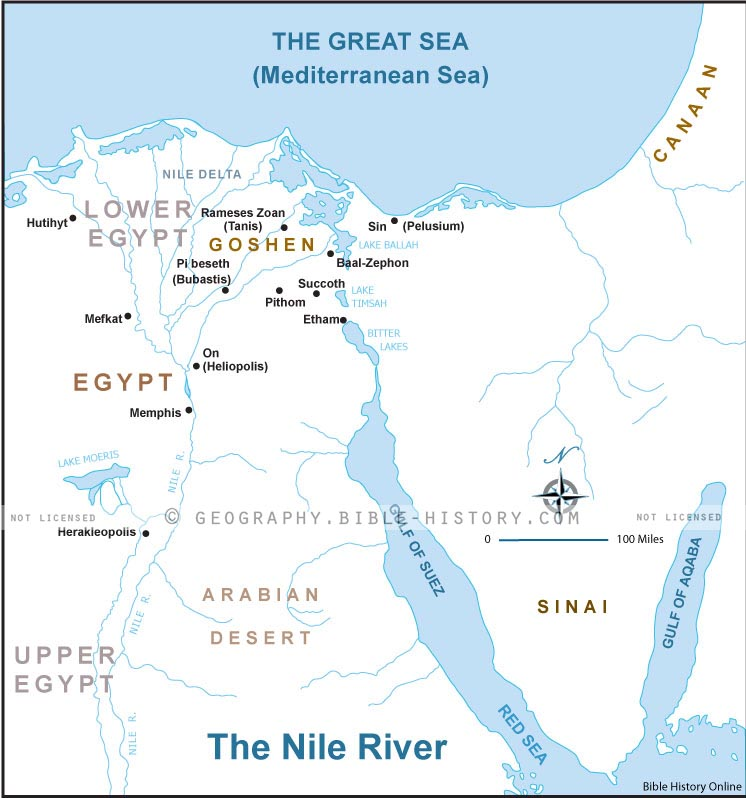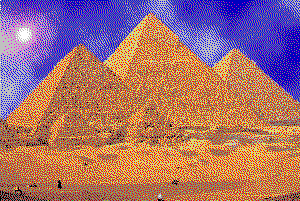2. And Pharaoh said, Who is the Lord--rather "Jehovah." Lord was
a common name applied to objects of worship; but Jehovah was a name he
had never heard of. Pharaoh estimated the character and power of this
God by the abject and miserable condition of the worshippers and
concluded that He held as low a rank among the gods as His people did
in the nation. To demonstrate the supremacy of the true God over all
the gods of Egypt, was the design of the plagues.
I know not the Lord, neither will I let Israel go--As his honor
and interest were both involved he determined to crush this attempt,
and in a tone of insolence, or perhaps profanity, rejected the request
for the release of the Hebrew slaves.
JFB.
Outline
1 Pharaoh chides Moses and Aaron for their message
5 Pharaoh increases the Israelites' tasks
15 Pharaoh derides their complaints
20 They cry out against Moses and Aaron
22 Moses complains to God
Ancient Customs
Feast to Me
the desert
sacrifice
taskmasters
officers
straw to make brick
stubble
EGYPTIAN BRICKS
HARD LABOR A PUNISHMENT
Quick Reference Map

Map of the Nile River and Egypt
(Click to Enlarge)
| ARCHAEOLOGY |
|
The Temple of No-Amun at Karnak |
|---|
|
The Temple of Amun at Karnak. This Temple was erected by the pharaohs of the Bible. It is interesting that the Temple of Amun at Karnak was the most important place of worship in ancient Egypt for six centuries from 1550 BC. Today there is a breathtaking display of archaeological remains on the east bank of the Nile, at the site of Thebes, the glory and capital of Egypt from the. Of the 18th Dynasty. It is called No in the Bible, but it is the Temple of No-Amun, the local deity of Thebes who was later identified as Ra the sun-god. In this aerial view of the Temple noticed the to obelisks, these were set up to the Jubilee of Queen Hatshepsut, the Queen that many scholars have identified as the one who rescued Moses in the Nile River. |
Ancient Topics
Pharaoh
Ancient People
Moses, Aaron, Pharaoh, taskmasters
Geography
Egypt
Quick Reference Maps
The Old Testament

Exodus Resources
Moses
and the Exodus
The Giving of the Law
The
Tabernacle
The Wilderness Wanderings